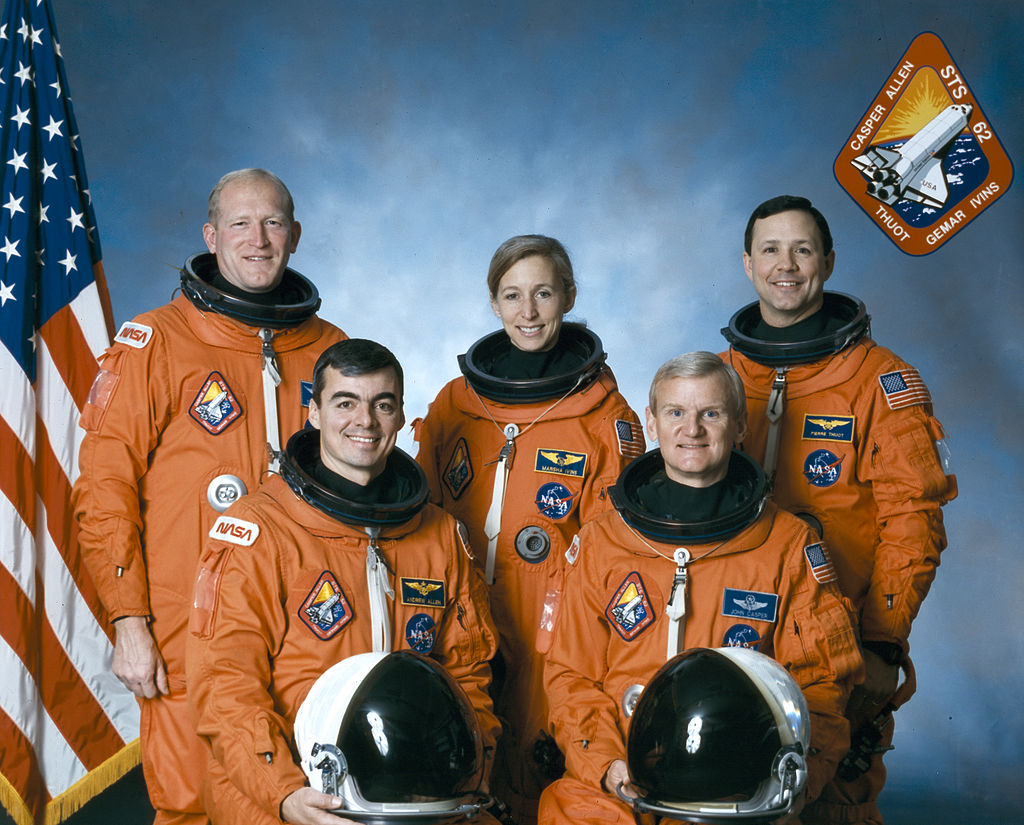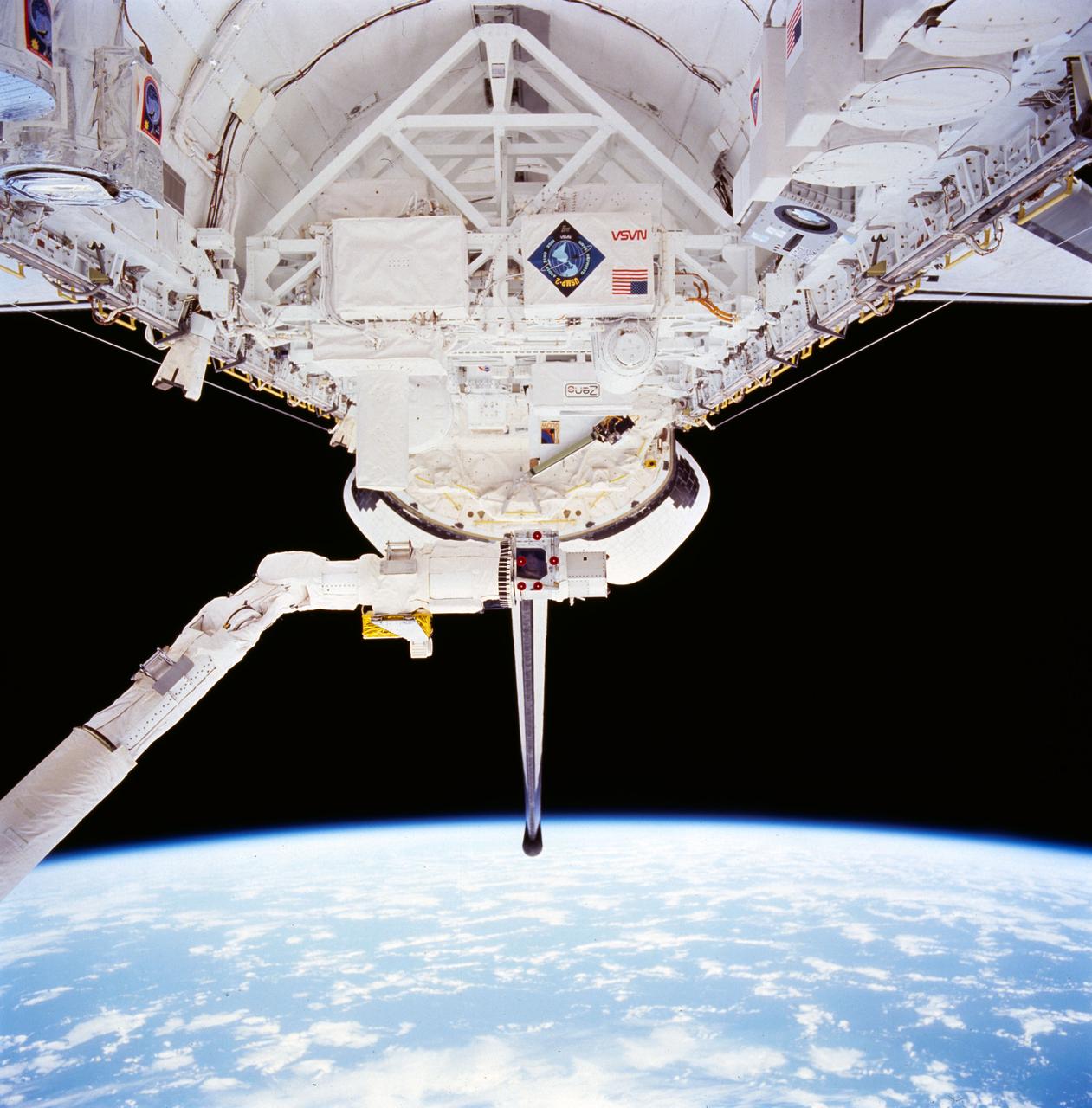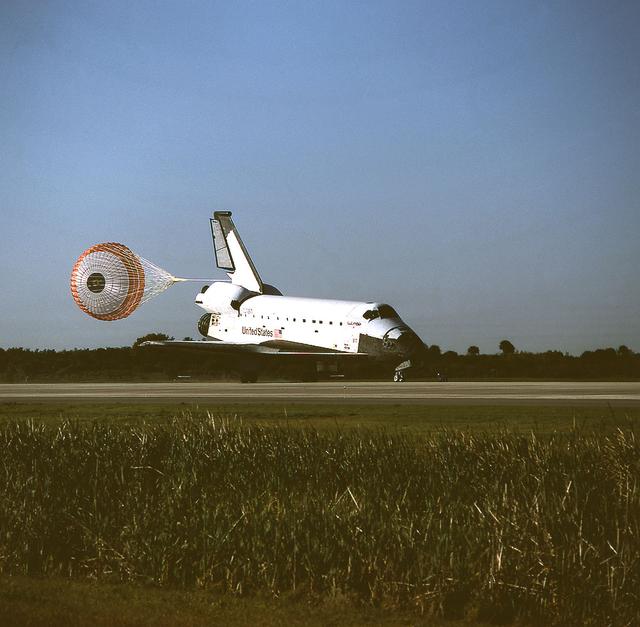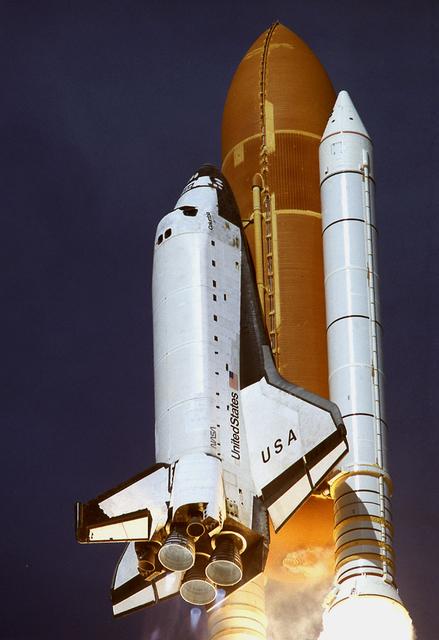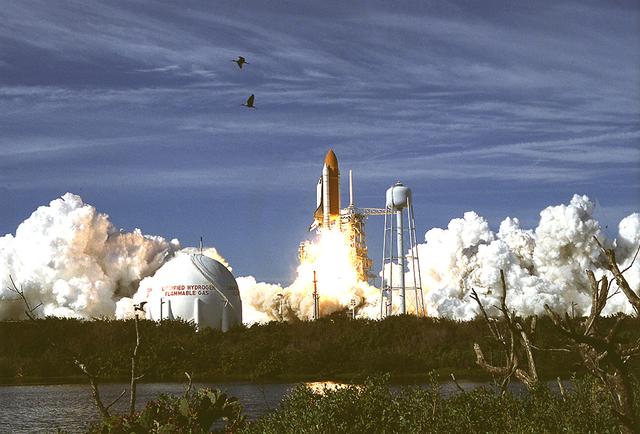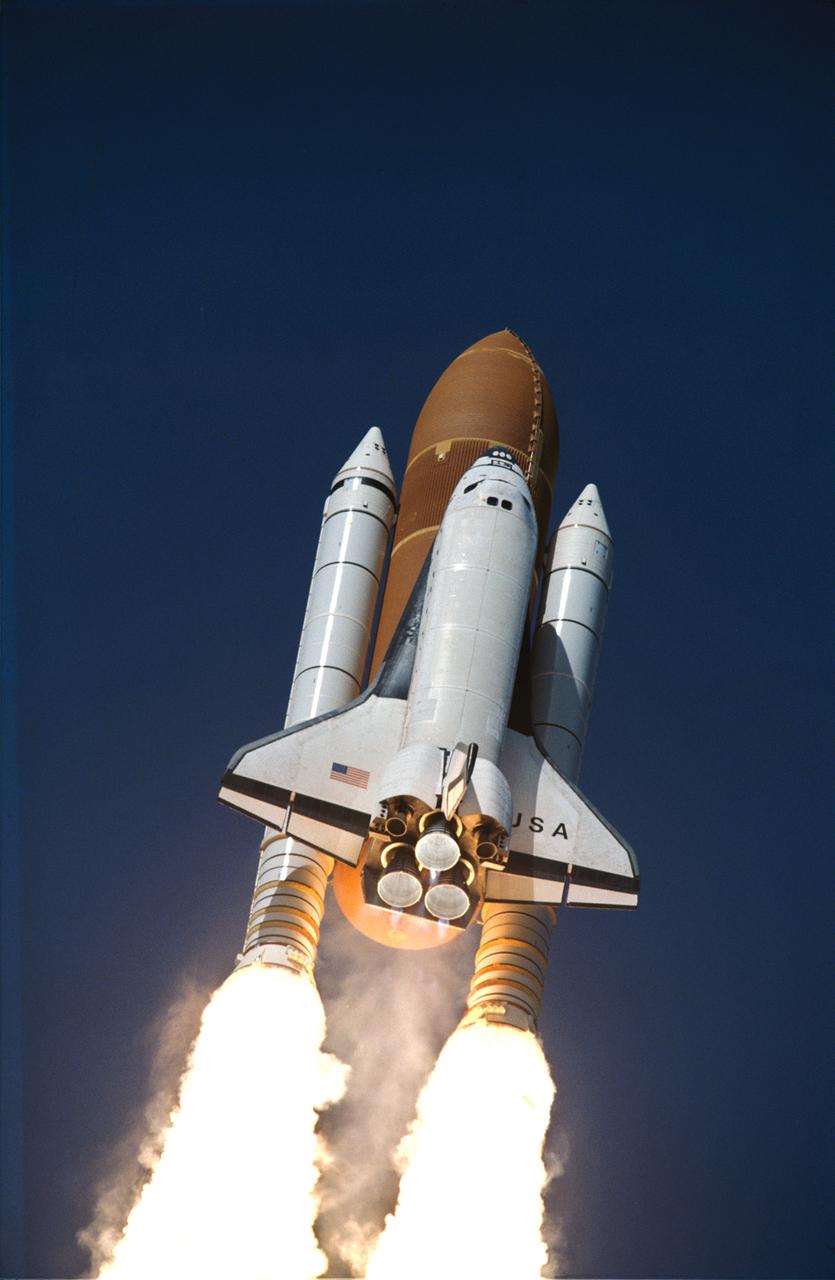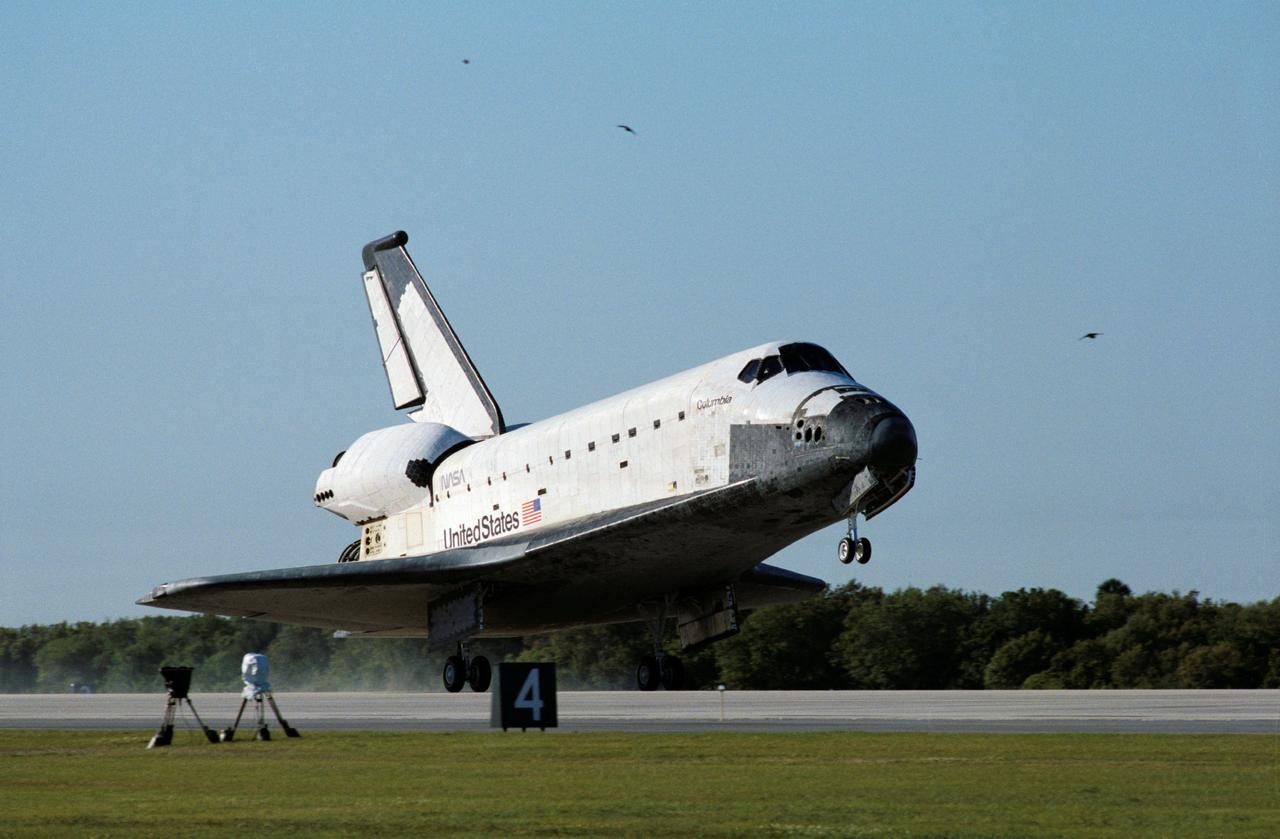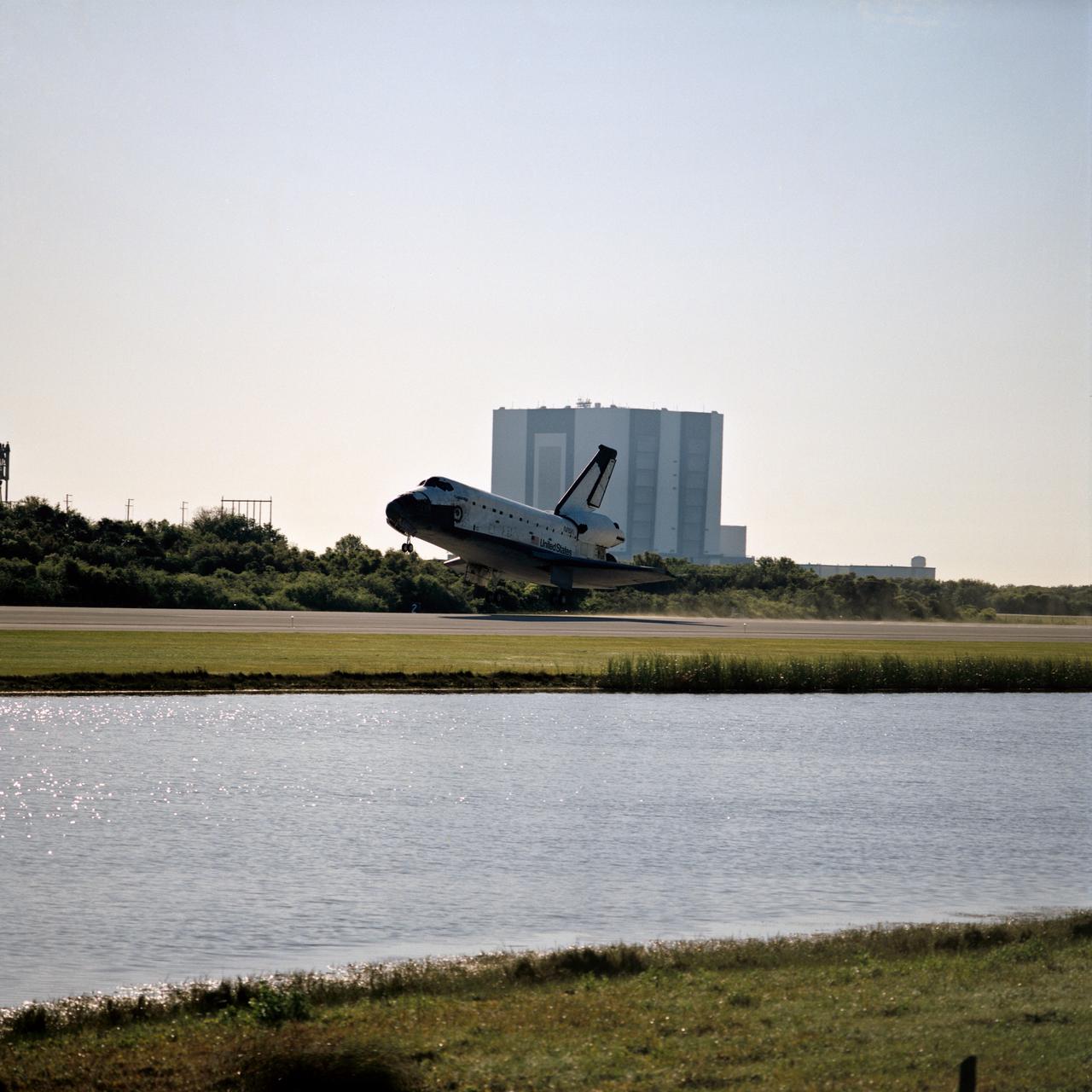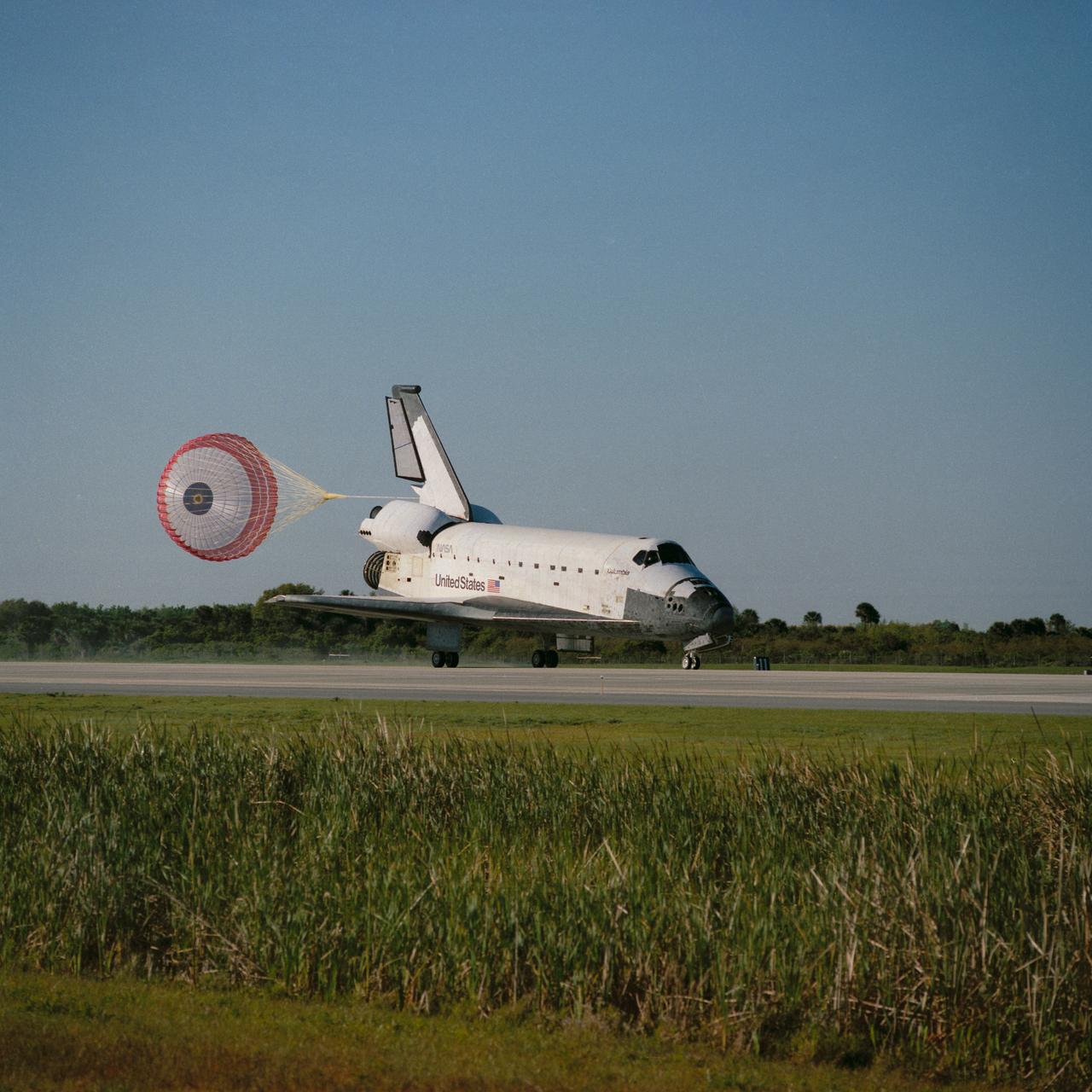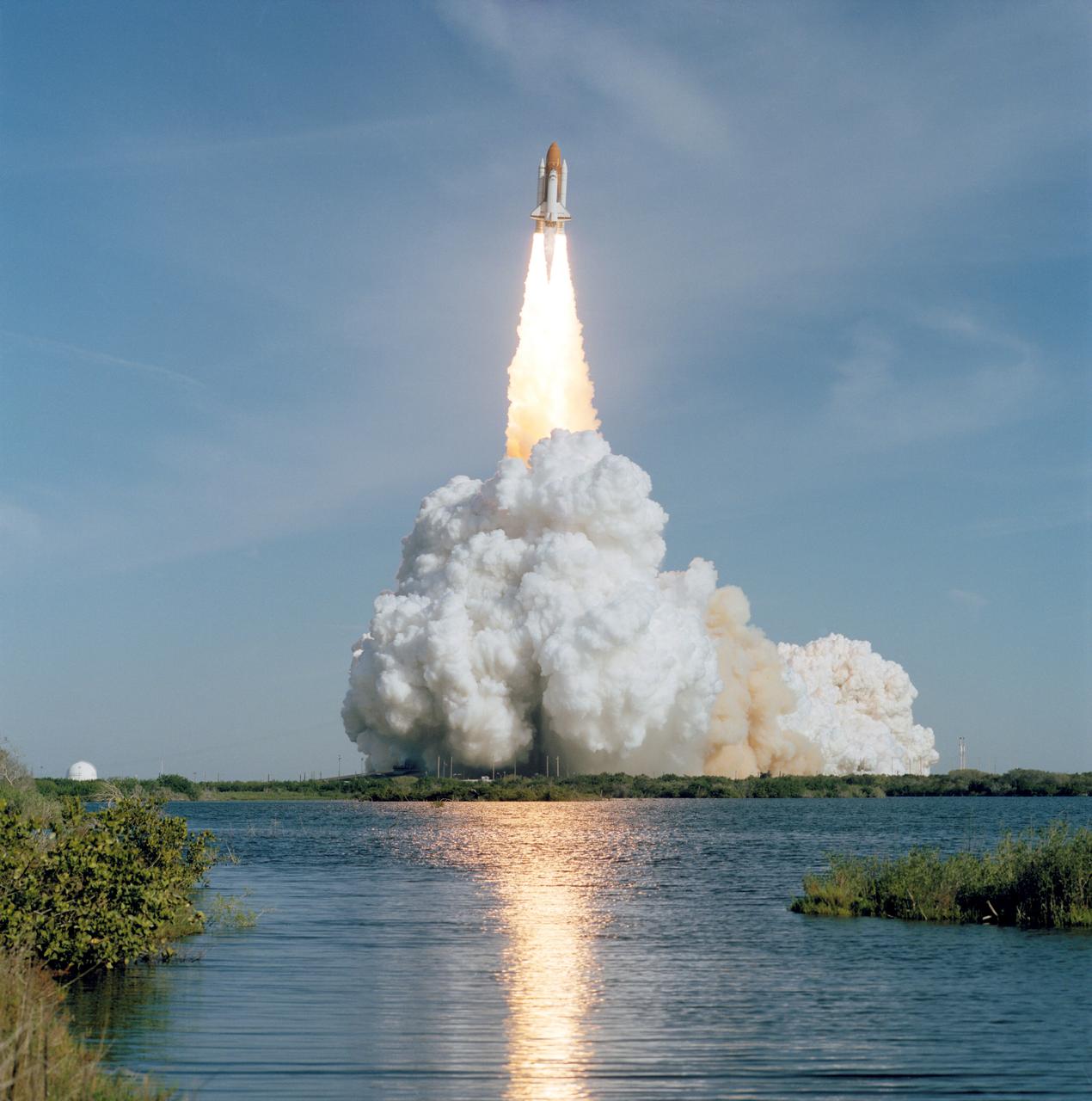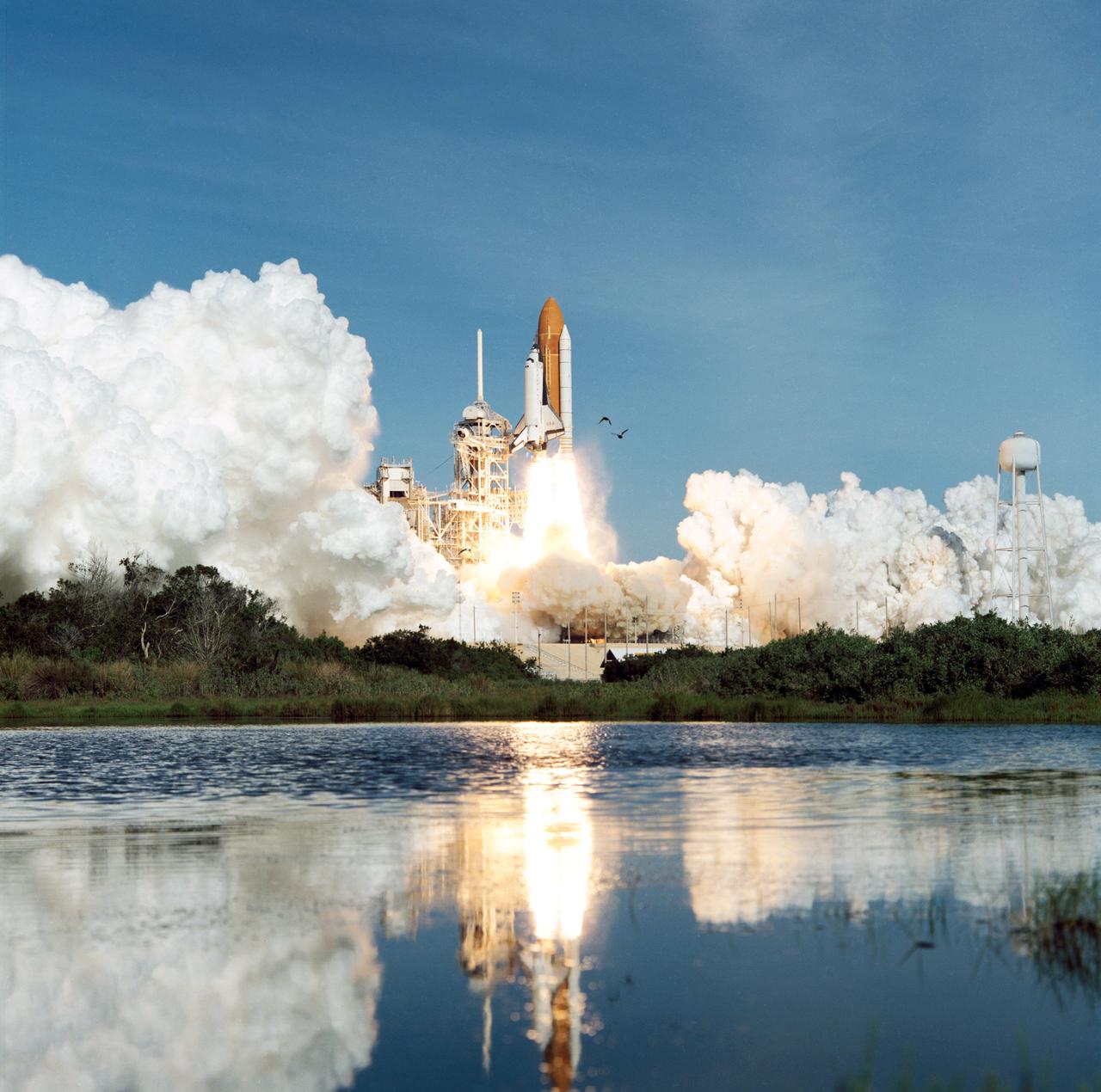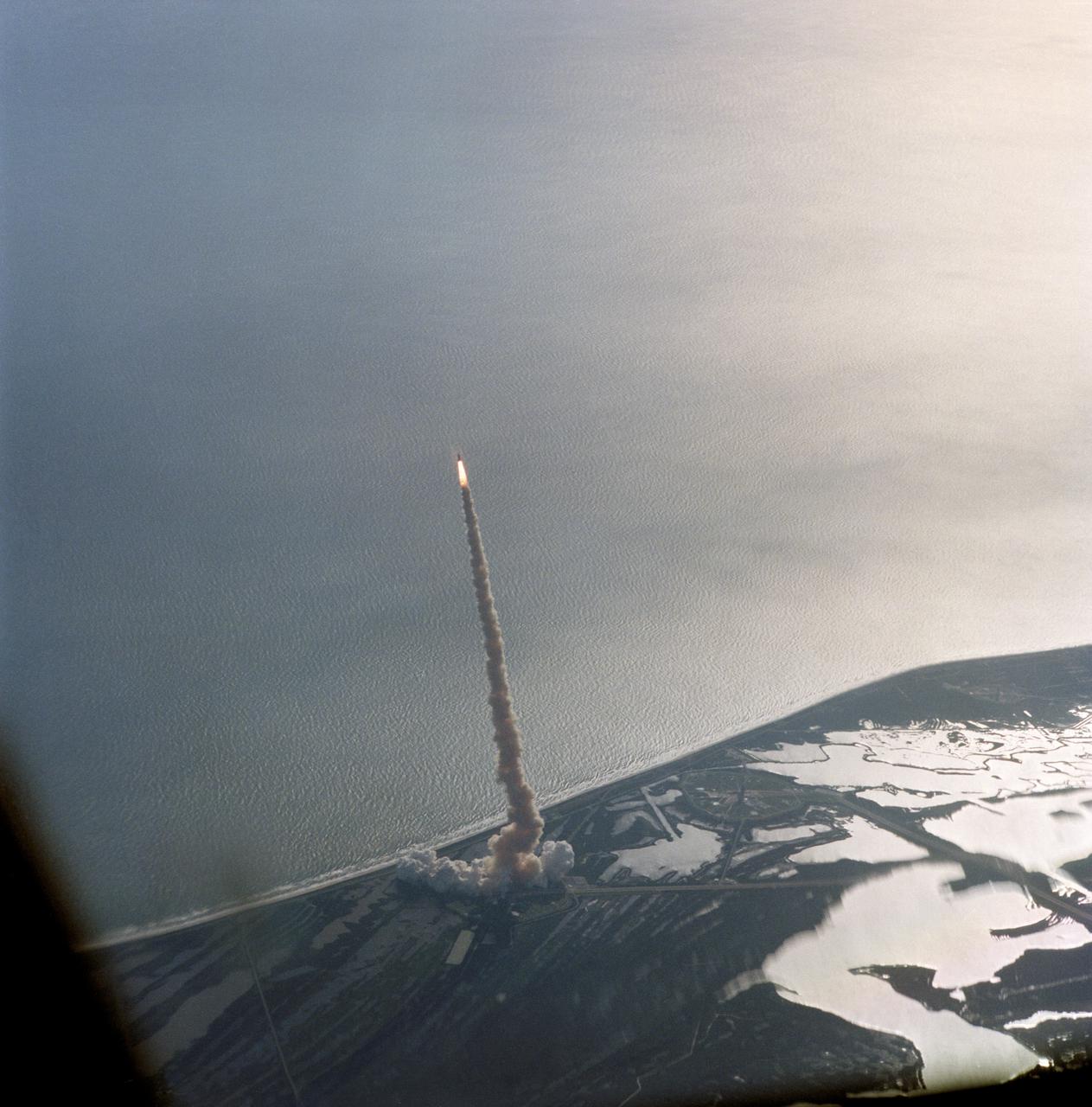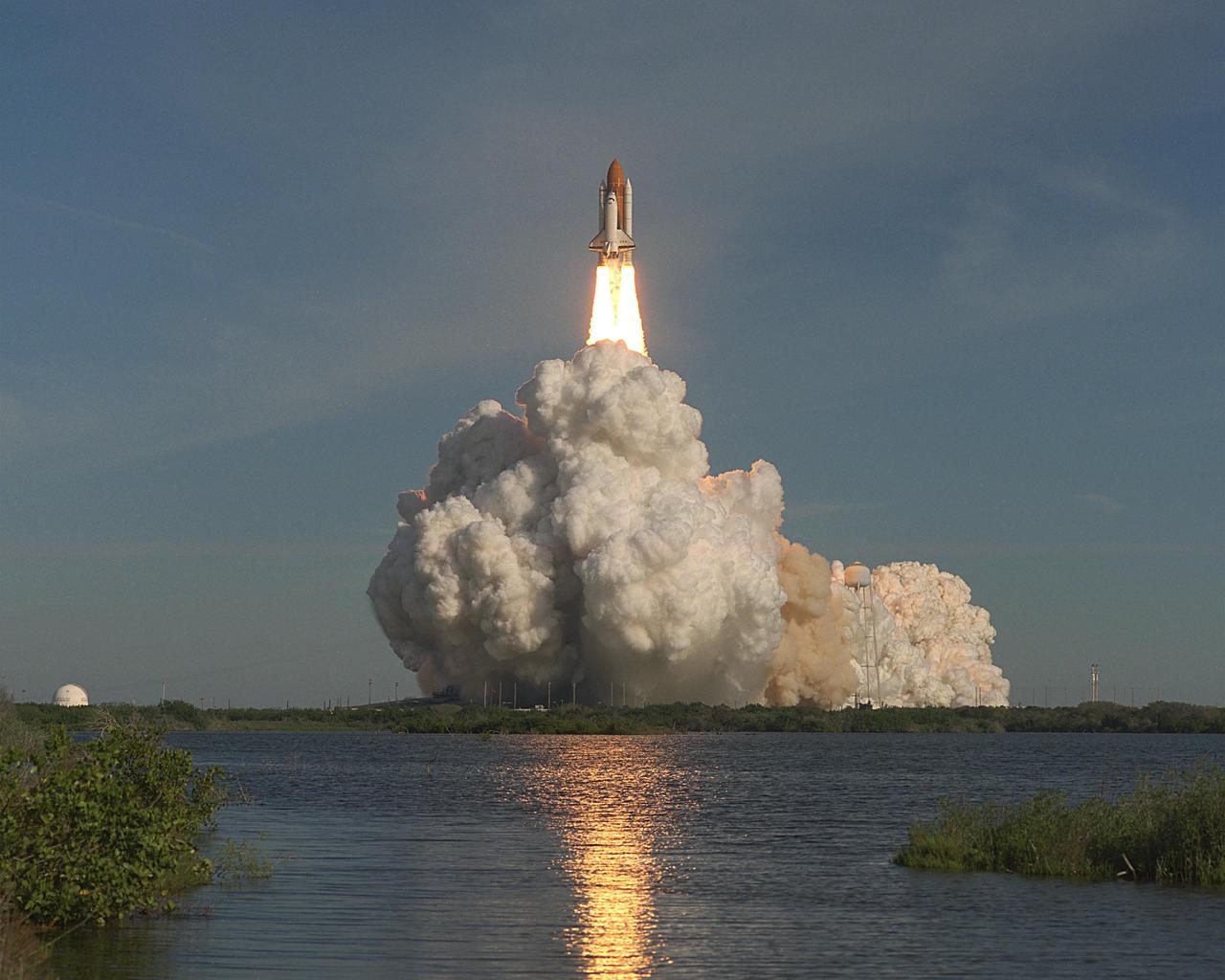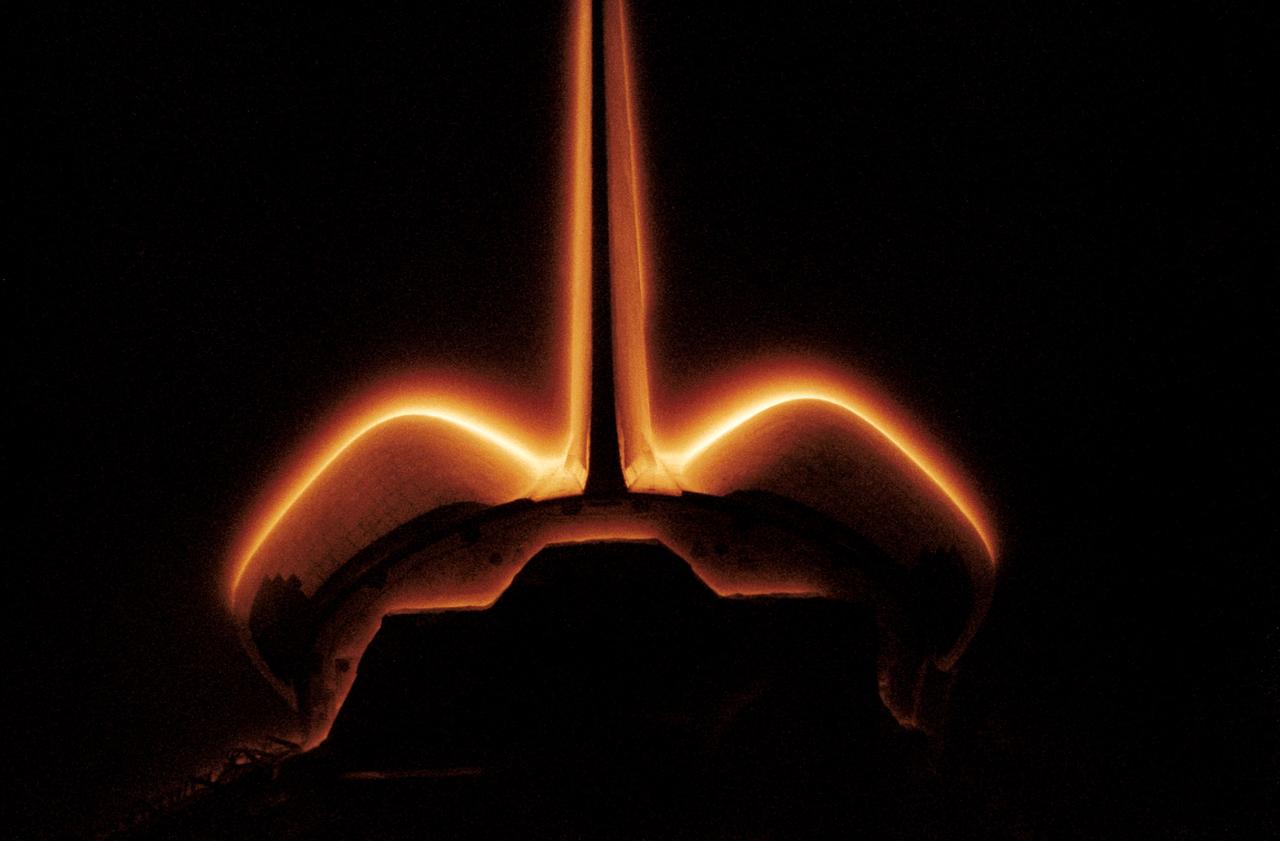STS-62 Fact Sheet
By Cliff Lethbridge

STS-62 — Columbia
61st Space Shuttle Mission
16th Flight of Columbia
Crew:
John H. Casper, Commander
Andrew M. Allen, Pilot
Charles D. Gemar, Mission Specialist
Marsha S. Ivins, Mission Specialist
Pierre J. Thuot, Mission Specialist
Orbiter Preparations:
Tow to Orbiter Processing Facility – November 8, 1993
Rollover to Vehicle Assembly Building – February 3, 1994
Rollout to Launch Pad 39B – February 10, 1994
Launch:
March 4, 1994 – 8:53:00 a.m. EST. Launch attempt on March 3, 1994 was scrubbed at the T-11 hour mark due to the prospect of unfavorable weather at the launch site. March 4 launch occurred as scheduled with no delays.
Landing:
March 18, 1994 – 8:09:41 a.m. EST at Runway 33, Kennedy Space Center. Rollout distance was 10,151 feet. Rollout time was 55 seconds. Mission duration was 13 days, 23 hours, 16 minutes, 41 seconds. Landing occurred during the 224th orbit.
Mission Summary:
Primary payloads were the U.S. Microgravity Payload-2 (USMP-2) and Office of Aeronautics and Space Technology-2 (OAST-2).
USMP-2 included five experiments in materials processing and crystal growth. OAST-2 featured six experiments on space technology and spaceflight.
Other payloads included the Dexterous End Effector (DEE), Shuttle Solar Backscatter Ultraviolet/A (SSBUV/A), Limited Duration Space Environment Candidate Material Exposure (LDCE), Advanced Protein Crystal Growth (APCG) and Physiological Systems Experiment (PSE).
Also flown were Commercial Protein Crystal Growth (CPCG), Commercial Generic Bioprocessing Apparatus (CGBA), Middeck 0-gravity Dynamics Experiment (MODE), Bioreactor Demonstration Systems (BDS), Auroral Photography Experiment-B (APE-B) and Air Force Maui Optical Site (AMOS) calibration experiments. A host of biomedical experiments were conducted on the crew.
SELECTED NASA PHOTOS FROM STS-62
